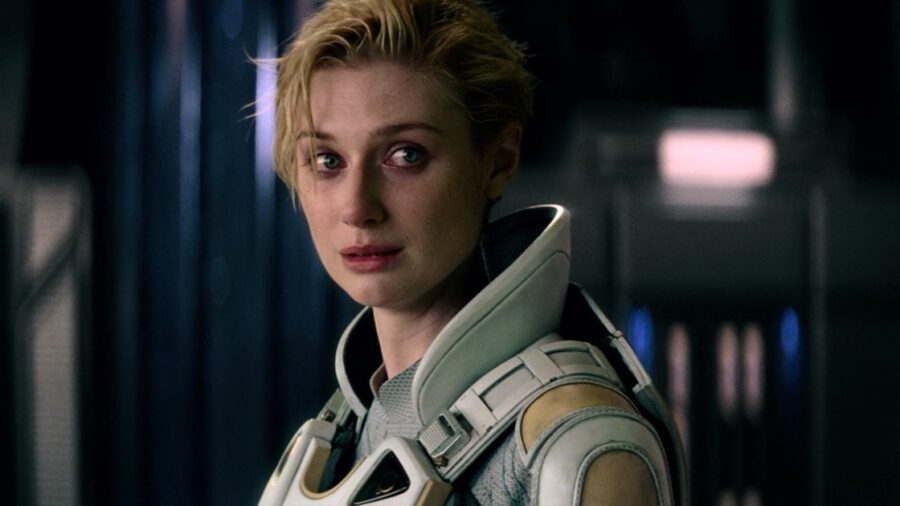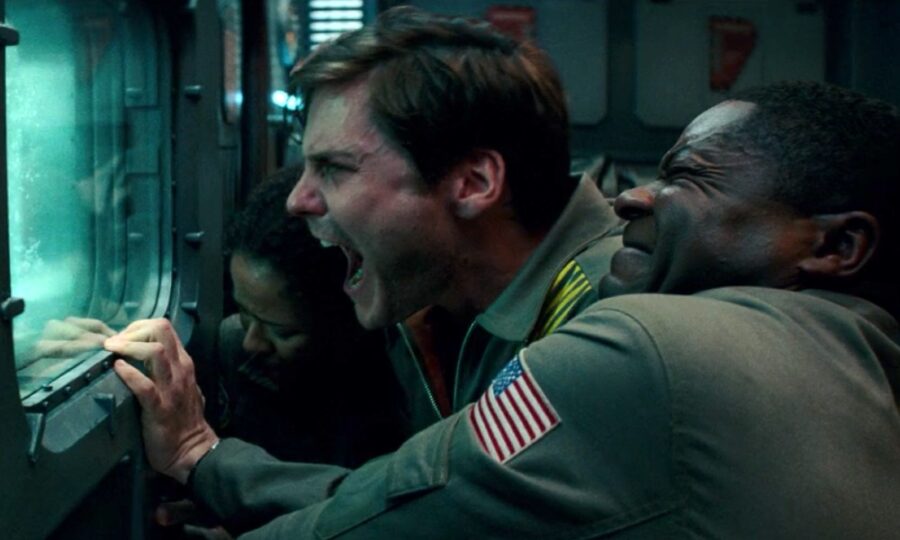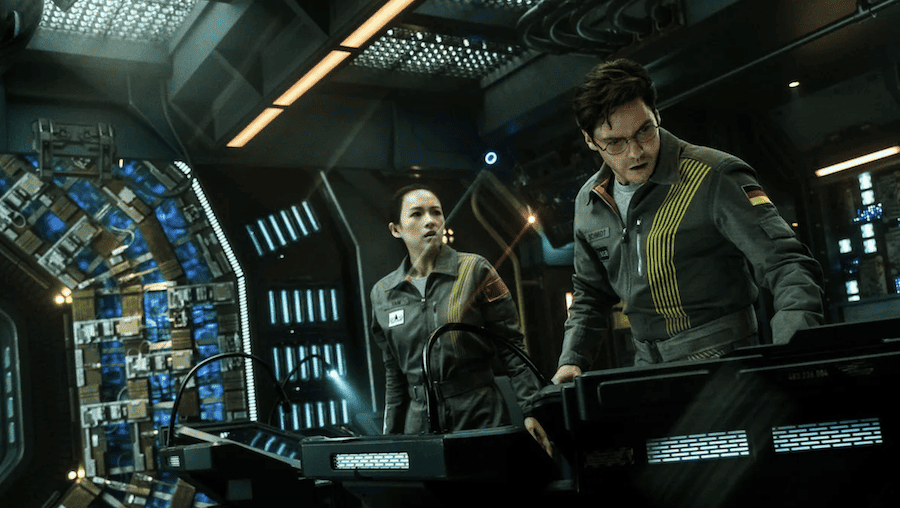The Sci-Fi Thriller On Netflix That Made Movie History

In a culture of revealing trailers, social media reactions, and massive marketing campaigns, the Cloverfield franchise embraces mystery. It surprises and tantalizes viewers every few years with a new elaboration on the original 2008 film. None have hit with quite as much surprise as The Cloverfield Paradox, which made history when it was announced to the world the same day as its release on Netflix.
The Cloverfield Paradox was announced, and released on Netflix, the same day as Super Bowl LII, where the Eagles upset the Patriots.
In 2018, during Super Bowl LII, among the ads for beer and candy, a shocking trailer dropped. It began with the Bad Robot logo, followed by footage from 2008’s Cloverfield. Then the trailer plays the “From Producer J.J. Abrams” card, which is always intriguing.
The trailer promises answers to the mystery of what unleashed the monster in Cloverfield, launching into ambiguous and exciting shots of astronauts on a futuristic space station, a severed arm crawling down a hallway, and cinematic shots teasing the creature down on Earth. Then it hit the audience with the title: The Cloverfield Paradox – streaming on Netflix tonight.
For 785,000 households, post-Super Bowl plans were made right there. The shocking marketing tactic was a bold move, perfectly in keeping with the mysterious nature of the Cloverfield movies. The Cloverfield Paradox appearing the way it did, however, was not always the plan.
The Cloverfield Paradox follows a team of astronauts who, in the year 2028, fire up a particle accelerator in space in order to address Earth’s energy crisis. When they do, the Earth seems to disappear, and the astronauts find themselves fused into an alternate reality.

What ensues is a trippy, body horror nightmare as the astronauts learn they have incited the Cloverfield Paradox, a phenomenon that has scattered horrific creatures from other dimensions across time. This is meant to explain how the monster that attacked in 2008’s Cloverfield came to New York.
The screenplay, written by Oren Uziel, was built on the particle accelerator premise, but it was not a Cloverfield movie. After the script was acquired by Paramount and Bad Robot, J.J. Abrams thought to retrofit the story as a Clovefield entry. Abrams liked the paradoxical element of events in the future unleashing consequences in the past.
Originally titled God Particle, The Cloverfield Paradox was intended to be a low-budget sci-fi film for Paramount’s now-defunct InSurge Pictures. After the dissolution of InSurge, The Cloverfield Paradox was developed with a much larger budget, scaling up from approximately $5 million to roughly $40 million.
The Cloverfield Paradox was originally a stand-alone film and retrofitted to be a prequel to Cloverfield and 10 Cloverfield Lane.
Though Abrams was prepared to make God Particle a Cloverfield entry, the change did not actually happen until shooting had already begun. The elements linking The Cloverfield Paradox to its predecessors were added, with some not even being devised until after test screenings.
Eventually, The Cloverfield Paradox was completed, but its release still remained a mystery, not only for audiences following the development of the film, but for Paramount. The studio did not have faith that the film could recoup its budget with a traditional release, and production complications made the film’s release a moving target. Netflix intervened, offering to purchase distribution rights for the film for $50 million.

Paramount gladly took the win and The Cloverfield Paradox was off to streaming. All the hullabaloo in the news had many speculating about titles, release dates, and trailer drops. No one was prepared for Netflix’s maverick move to announce and release the movie during the biggest television event of the year.
The release of The Cloverfield Paradox was instantly legendary. It was a marketing move for the history books, but the film was quickly forgotten. Critics and audiences alike disparaged the film for a messy plot that was so thinly tied to Cloverfield that its title and trailer felt disingenuous.
The Cloverfield Paradox is regarded as the worst of the three films in the franchise and is mostly remembered for its wild marketing tactic.
If the Cloverfield part of The Cloverfield Paradox feels like an afterthought, now you know why.
Its viewership was decent, reaching an estimated 5 million viewers in its first week. Since then, The Cloverfield Paradox has gone down as the worst of the franchise, amounting to nothing more than a clever marketing tactic.
More Cloverfield is supposedly on the way, but original Cloverfield director Matt Reeves said that audiences should not expect to hear about it until it happens. The filmmakers in charge of the mysterious universe are keen on retaining the mystique of their monstrous world, even after the apparent misstep of The Cloverfield Paradox.
Just because a movie is green on Rotten Tomatoes doesn’t mean you won’t like it. Explore the franchise’s past by putting The Cloverfield Paradox in your Netflix future today to decide the fate of the film for yourself.











